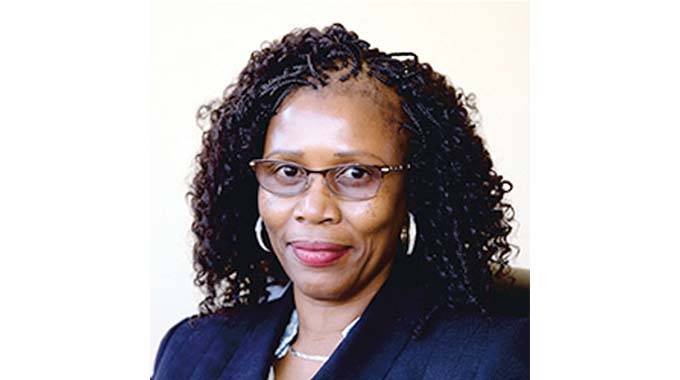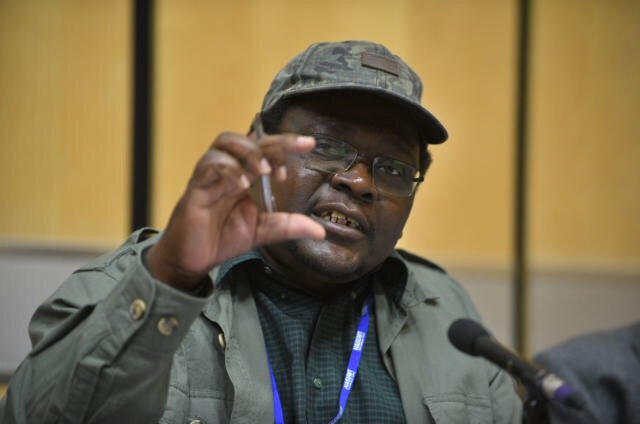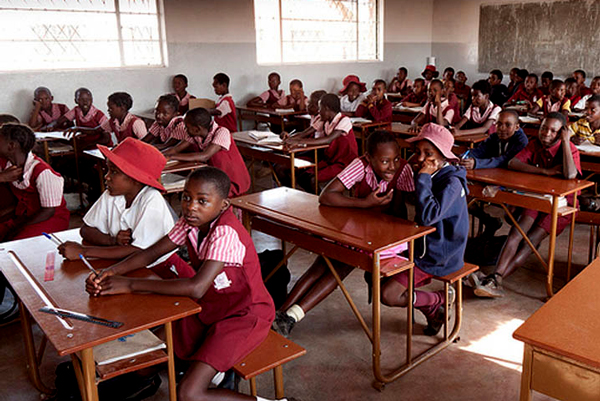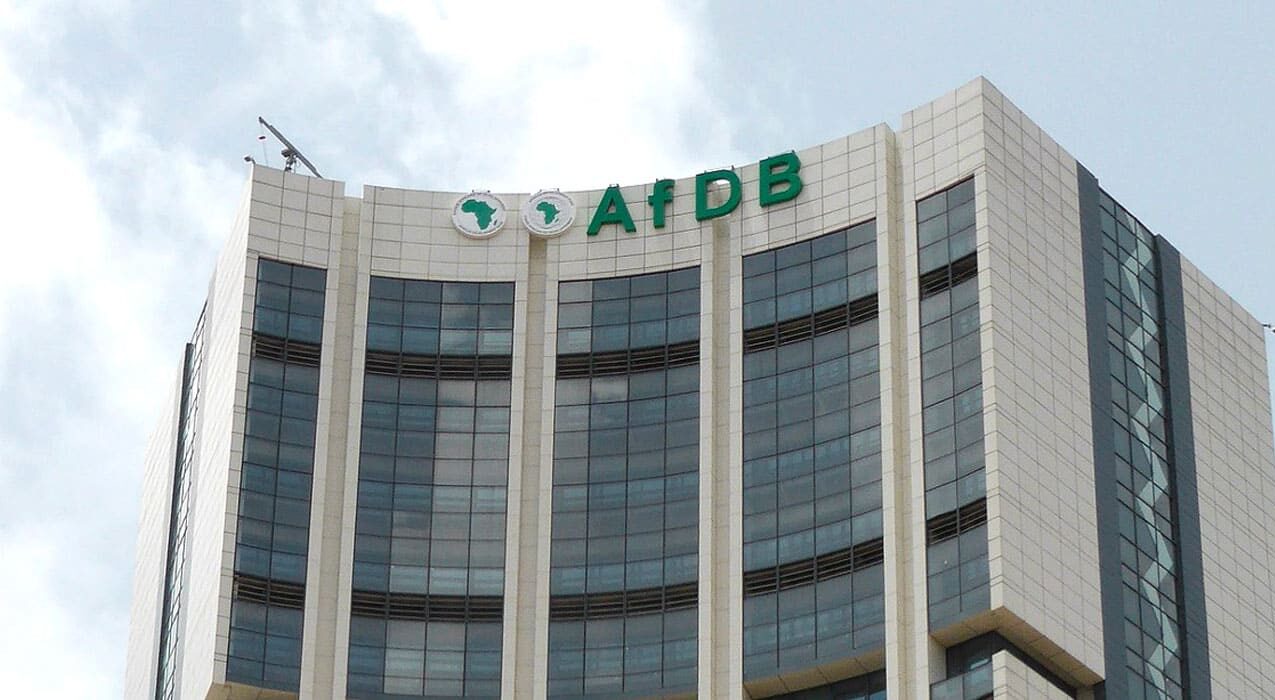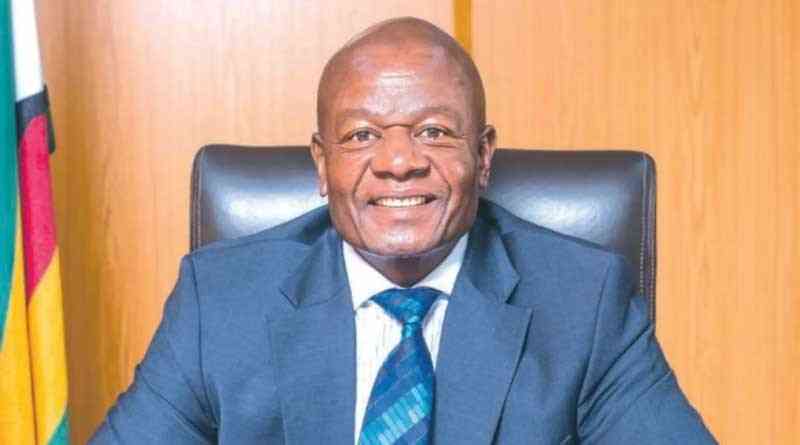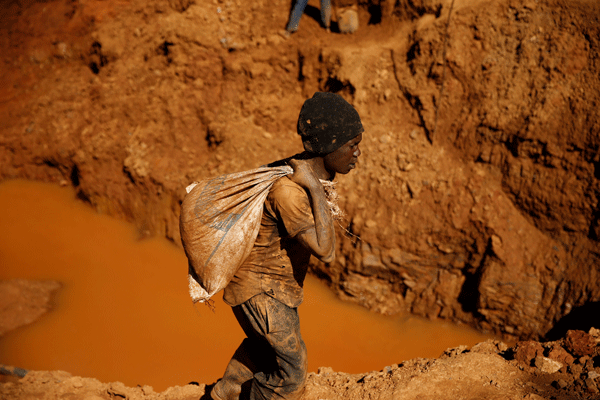
BY THOMAS CHIDAMBA
SITUATED 30km north of Harare is an area of rocky hillsides overlooking the Mazowe River.
The area boasts several botanical interests.
However, Gomba, as the area is also known, is under serious threat from illegal tree cutting and gold planning activities.
You are spot on if you guessed Christon Bank, and I am at Christon Bank Supermarket for a reason.
Lengo and Jackie Chan promised to take me to Chemachinda Mountain in the vicinity of Christon Bank, as I embark on my mission to uncover rampant illegal mining activities by artisanal miners in the area.
The two have been in the artisanal mining business for some time having operated in Jumbo Mine, Kitsi, Malemon and Chebanga areas in Mazowe, and are familiar with artisanal miners.
But on their advice, I had to bring with me three sacks and US$5, as security in case we got raided by police, if I was to succeed in my undercover mission.
- Chamisa under fire over US$120K donation
- Mavhunga puts DeMbare into Chibuku quarterfinals
- Pension funds bet on Cabora Bassa oilfields
- Councils defy govt fire tender directive
Keep Reading
As backup, I also carried my press card as it always works wonders in tight situations that could otherwise be difficult to talk my way out.
Chemachinda and the Hwata clan
Chemachinda Mountain in Christon Bank is among places that have fallen victim to numerous gold rushes in the country.
The mountain, also known as kuMagaka, named after a nearby plot owned by a successful cucumber farmer, is home to the ancient granaries and is a burial site for the Hwata clan chiefs.
The gold rush led to artisanal miners destroying granaries that have been a historical preserve for centuries.
Anyway, back to my story.
It’s way past 8:30pm. I am running out of patience.
Lengo and Jackie Chan are late for our appointment.
A series of questions cross my mind.
Have they changed their minds?
Are they no longer willing to help me expose how the artisanal miners are destroying the environment in the area?
The lady chaperons
But again, this might have been a blessing in disguise because while waiting for the two fixers to arrive, I spoke to two ladies.
They introduced themselves as Lizzy and Chenge.
After the introduction formalities, I learnt that Lizzy and Chenge were also headed to the Chemachinda Mountain.
But something was amiss with the two: they carried no tools of trade for people going on a mining escapade.
“We are going for work at the mine . . . tools are already there.
“We get employed to sieve rubble, and we get paid with rubble stones, so we don’t have to carry digging tools.
“If you want, let’s go. We can tell (them) . . . this is our brother who wants to join us instead of you continuing to stand here in the (dark) doing nothing.
“Men of your age are making big money from artisanal mining (sic),” boasted Lizzy in her Malawian tainted Shona accent.
They pointed to me the area on top of a mountain, supposedly where they mine.
From a distance it looked like a “China Town” because of lights.
But do these ladies know the area is a national monument, Upper Mazowe Valley, the shrine of Mbuya Nehanda?
“Hold yourself, man. Do you know Mbuya Nehanda’s shrine?
“That place is not Mbuya Nehanda’s shrine. It’s just a mountain.
“Mbuya Nehanda’s shrine is in Shavarunzvi, not kuMagaka.
“If you don’t want to go and make money to take care of yourself and your children, you can remain behind.
“You are delaying us for nothing. Better we make our way,” said Chenge.
I watched them as they went down the road, clasping and laughing scornfully, presumably laughing at this writer for not being man enough to join ladies in a “men’s job”.
As they disappeared into the night, for a moment, I was in limbo. I had failed in my undercover mission, I thought to myself.
Lengo and Jackie Chan, my guides to Chemachinda Mountain, still hadn’t arrived.
Just as I was leaving for home, a voice called from behind:
“Natty, Natty, Natty.”
A sigh of relief!
Finally, Lengo was here, a tall and physically fit guy, who throws an occasional joke here and there.
By the way, Natty is my undercover name.
“Natty, it looks like you had given up and you were going home? (sic).
“My apologies, I got delayed a bit.
“I was looking for a good shovel and a short range (chisel). Anyway, we are good to go. Jackie Chan hasn’t arrived yet?”
Lengo asked as he puffed on his favourite Pacific Storm cigarette.
“No, I didn’t see him. I was here since 7:30pm,” I said.
As it turned out, Jackie Chan was just around the corner, and it took him a few minutes to arrive after a phone call from Lengo.
The journey
We made the beeline to Magaka — the land of gold.
I couldn’t help but notice the strong bond between the two.
They would chat and laugh together, a sign that they were strong buddies.
As we travelled, Jackie Chan assured me that all would go well.
That I had no experience in mining didn’t matter, he said. After all, the two had enough experience in artisanal mining, both alluvial and reef gold.
Occasionally, along the way, we met artisanal miners coming down the mountain carrying sacks full of stones and going in different directions.
At this stage, I could feel adrenaline rushing all over my body.
Finally, I was about to witness first-hand the artisanal miners destroying a national monument.
At the foot of the mountain, a group of artisanal miners was milling around a big rock.
“Tollgate,” said Lengo.
While I was still trying to figure out what he meant when he said “tollgate” in the bush, he shouted to the men milling around the big rock:
“Bho here apo (Is everything ok?) “Bholato (It’s ok),” said the group of miners in unison.
One of them later explained the tollgate.
“There was a police reaction recently and we feel that they might return any time soon so we are planning on the way forward. So that’s why we are still here,” said one of the guys.
Under Lengo’s guidance, we proceeded to climb up the mountain.
There was a hive of activity as we got to the peak of Chemachinda Mountain.
One of the artisanal miners jokingly said to me: “Mdara (elder) you have also come here today? This big belly will shrink. Try your luck . . . you (might) pick some good money.”
I only smiled in response and followed my colleagues.
The place was teeming with over a thousand miners of all ages and sex.
There were ring leaders there, looking happy, chatting to fellow miners and encouraging them to dig.
Jackie Chan pointed to a place where he said we should open a pit.
Here we were, mining in a heritage site that was supposed to be protected and preserved.
After we had dug almost 30 centimetres deep and collected a few stones, Jackie Chan was not pleased with the sample. We had to move.
The area was overcrowded, but we managed to secure a better spot. We collected some stones after digging only a few centimetres.
The sound of tools as the illegal miners worked testified that indeed Chemachinda was under siege.
Escaping the police reaction team
As I pondered how on earth these artisanal miners could destroy the national monument, one miner shouted: “Vabereki, kwaita reaction. Dzimai matorch. [police reaction team is coming here, let us leave. Switch off your torches.]”
There was pandemonium as people ran in all directions, each one carrying their little stone bags.
The stones that we had picked were less than a bucket, I was told, and hence it was called a muchabox or simply muchub.
We carried our muchub, our tools and made our way down the mountain.
It was dark and only God knew what and where we were stepping on as we ran for safety.
My handlers were used to this and they ran faster than me.
I nearly surrendered, but Jackie Chan, whom I was later told had earned the nickname after he fell off a moving truck typically the Chinese actor’s way, urged me to soldier on.
For a moment I thought I wasn’t a criminal and was prepared to hand myself over to police than to run my lungs out to safety.
With the police reaction team said to be all over the place, it was now risky to move around with tools and muchub, but we soldiered on.
As we approached another road, we saw a speeding vehicle coming our direction.
Danger has visited us. In a split second, Lengo threw the sack containing muchub into the grass.
Jackie Chan quickly said: “Let’s get into this plot.”
Unfortunately, the gate was locked. Jackie Chan tried to scale the fence, but Lengo pulled him down.
We took cover in the grass until the car passed us.
We later learnt that the car belonged to some artisanal miners who were also fleeing from the police reaction team.
The reaction team had sealed off all major roads leading to Christon Bank. There was no way out.
When the coast was clear, we followed a footpath to Christon Bank Supermarket.
First to part ways with us was Lengo.
The following day we were supposed to go to the grinding mill (popularly known as Chiguruguru) to process our muchabox, so we agreed for a 10am appointment at Christon Bank Supermarket.
I proceeded with Jackie Chan.
However, using the main road was risky (despite having no tools as evidence of where we were coming from because Lengo hid them in the grass for safe-keeping.
We opted to go through the Christon Bank Primary School yard, scaling the fence in and out.
I then parted ways with Jackie Chan when we reached the other side of the road.
The next day I didn’t bother going to meet Lengo and Jackie Chan.
I had gathered all the information I wanted to expose the way artisanal miners were plundering the Upper Mazowe Valley national heritage site.
Why illegal mining is on the rise
Mutuso Dhliwayo, from Zimbabwe Environmental Law Association, said economic challenges bedevilling the country were forcing artisanal miners to deface protected areas.
“There are a number of reasons why mining is taking place in protected areas and rivers,” Dhliwayo said.
“First we have economic challenges that have been compounded by climate change.
“The Covid-19 pandemic has greatly affected the informal sector, and the mining sector is widely regarded as a viable source of livelihood.
“Second, several rich mineral districts in Zimbabwe were pegged during the colonial era by multinational corporations.
“This means that there is now limited mining land that is available for new entrants like the ASM and new investors that the country is attracting.
“As such protected areas and riverbeds have become alternatives for new entrants, and this has resulted in the Mines and Mining Development ministry demarcating land in protected areas and along rivers for mining.
“Third, some parts of the Parks and Wildlife Estates and Heritage sites are richly endowed with mineral resources that have been protected over all these years and are now being discovered.
“It is also important to note that some areas were actually mining areas or sites before they were declared National Parks (and heritage sites) and mining has continued after their proclamation.”
He urged the government to expeditiously amend the Mines and Minerals Act to curb illegal mining activities in protected areas.
“A policy pronouncement has no legal force.
In other words, mining titles legally granted through the Mines and Minerals Act cannot be legally cancelled though a policy pronouncement or ban.
“A policy is a statement of intent, and the government needs to follow up on this intent by amending the respective laws that allows mining in protected areas in the form of the Mines and Minerals Act, (National Museums and Monuments of Zimbabwe Act), and the Parks and Wildlife Act.
“The policy ban comes at a very timely opportunity as there are ongoing discussions to reform the Parks and Wildlife Act, and reforms of the Mines and Minerals Act are ongoing through the Mines and Minerals Amendment Bill.”
My trip to Chemachinda Mountain revealed that illegal gold miners cannot be solely blamed for the defacing of the environment and protected environments.
Those who are expected to protect heritage sites such as the Mbuya Nehanda shrine, ironically, are involved in this shameful act.
It’s a conundrum that Zimbabwe finds itself in, and authorities have a huge task ahead of them to fix this problem.
A member of the Hwata Trust, Clever Goredema expressed concern over the illegal mining activities by artisanal miners, who have invaded the shrine.
Goredema said the existence of the shrine was now under threat from artisanal miners and as community leaders, they were battling to control them.
“We have a problem of makorokoza who have invaded Chemachinda and Shavarunzvi mountains, which are part of a national shrine of Mbuya Nehanda.
“These people (artisanal miners) have no respect for our culture and what we consider sacred.
“Imagine they have blasted a cave where our ancestors are resting. This is shocking to say the least. It’s a taboo!
“We have tried everything within our powers to stop them from mining on the mountain but to no avail.
“We now require assistance from the high offices to curb the illegal mining activities happening in our shrine,” he said.
Zimbabwe Miners Federation chief executive Wellington Takavarasha said no mining should take place in sacred and protected areas.
“What is required is for one to apply to the Mines and Mining Development ministry to get a special grant. Anyone who has not got a special grant is mining illegally.
“When you get a special grant, you do all the needful. If a place is reserved and is associated with ancestral beliefs, then somebody has to follow those beliefs so that the miners are aware of those.
“There is no mining that should take place in sacred areas. Mining in graveyards is another terrible situation which cannot be tolerated.
“Even the local traditional leaders will not allow that. Even for you it is strange to mine in a graveyard, it is something that is not easy,” he said.
A number of artisanal miners are reported to have been trapped underground by collapsing shafts in the Mazowe area. Some have died.
Artisanal and small-scale miners are said to contribute more than 60% of bullion deliveries to Fidelity Printers and Refiners, but many of them remain informal.
It is said that more than 1,5 million artisanal miners are not registered.

